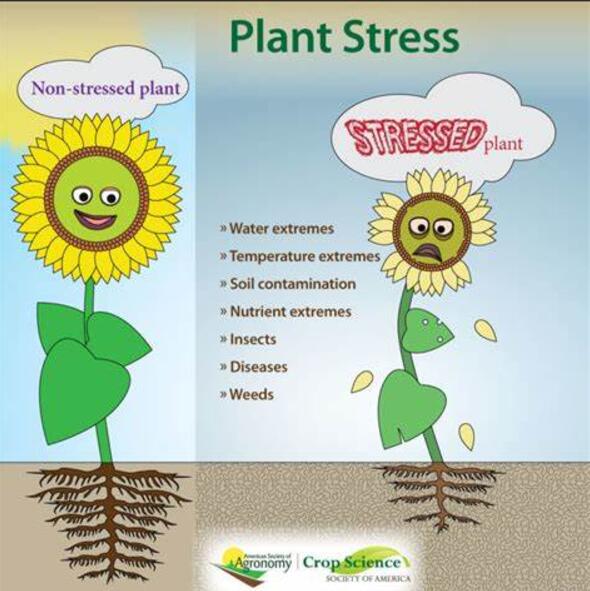Synergistic role of Fusarium solani IK-105 and humic acid in combating lead stress in tomato plants through physiological, biochemical and molecular modulation
IF 6.8
Q1 PLANT SCIENCES
引用次数: 0
Abstract
To promote sustainable agriculture and eco-friendly agricultural practices, beneficial microorganisms and organic amendments like humic acid (HA) have been effectively used to enhance tolerance for heavy metals (HMs) in crops. In this study, we aim to isolate, identify, and characterize a novel endophytic fungal strain that exhibits significant plant growth-promoting (PGP) properties and has the potential to alleviate lead (Pb) toxicity in tomato plants. Fusarium solani IK-105 was selected for the current study from the 13 different fungal isolates due to its highest resistance to Pb stress and significant PGP traits, validated through various in vitro analyses. Pb stress severely disrupts the morphological, physiological, and growth attributes of tomato plants. However, the application of IK-105 and HA, particularly in combination, effectively mitigates the adverse effects of Pb stress by improving leaf area, water retention, and membrane stability. These treatments also enhance shoot length and weight by 34.79 % and 4.26 %, and root length and weight by 62.22 % and 5.4 %, respectively, under Pb stress compared to their non-stressed counterparts. Photosynthetic pigments, protein, sugar, and starch contents were significantly enhanced, while enzymatic and non-enzymatic antioxidants were significantly reduced with the application of IK-105 and HA under Pb stress conditions. Application of IK-105 and HA treatments significantly reduced endogenous abscisic acid (ABA), restricted Pb uptake, and enhanced Ca and Mg levels in tomato plants. These treatments modulated the expression of genes related to phytohormones and other signaling molecules associated with HMs stress. The findings of this study revealed the potential of IK-105 and HA as sustainable solutions to mitigate the environmental impacts of HMs, promote eco-friendly agriculture practices, and contribute to the remediation of contaminated regions.

Fusarium solani IK-105 和腐植酸通过生理、生化和分子调控在抗击番茄植物铅胁迫中的协同作用
本文章由计算机程序翻译,如有差异,请以英文原文为准。
求助全文
约1分钟内获得全文
求助全文
来源期刊

Plant Stress
PLANT SCIENCES-
CiteScore
5.20
自引率
8.00%
发文量
76
审稿时长
63 days
期刊介绍:
The journal Plant Stress deals with plant (or other photoautotrophs, such as algae, cyanobacteria and lichens) responses to abiotic and biotic stress factors that can result in limited growth and productivity. Such responses can be analyzed and described at a physiological, biochemical and molecular level. Experimental approaches/technologies aiming to improve growth and productivity with a potential for downstream validation under stress conditions will also be considered. Both fundamental and applied research manuscripts are welcome, provided that clear mechanistic hypotheses are made and descriptive approaches are avoided. In addition, high-quality review articles will also be considered, provided they follow a critical approach and stimulate thought for future research avenues.
Plant Stress welcomes high-quality manuscripts related (but not limited) to interactions between plants and:
Lack of water (drought) and excess (flooding),
Salinity stress,
Elevated temperature and/or low temperature (chilling and freezing),
Hypoxia and/or anoxia,
Mineral nutrient excess and/or deficiency,
Heavy metals and/or metalloids,
Plant priming (chemical, biological, physiological, nanomaterial, biostimulant) approaches for improved stress protection,
Viral, phytoplasma, bacterial and fungal plant-pathogen interactions.
The journal welcomes basic and applied research articles, as well as review articles and short communications. All submitted manuscripts will be subject to a thorough peer-reviewing process.
 求助内容:
求助内容: 应助结果提醒方式:
应助结果提醒方式:


